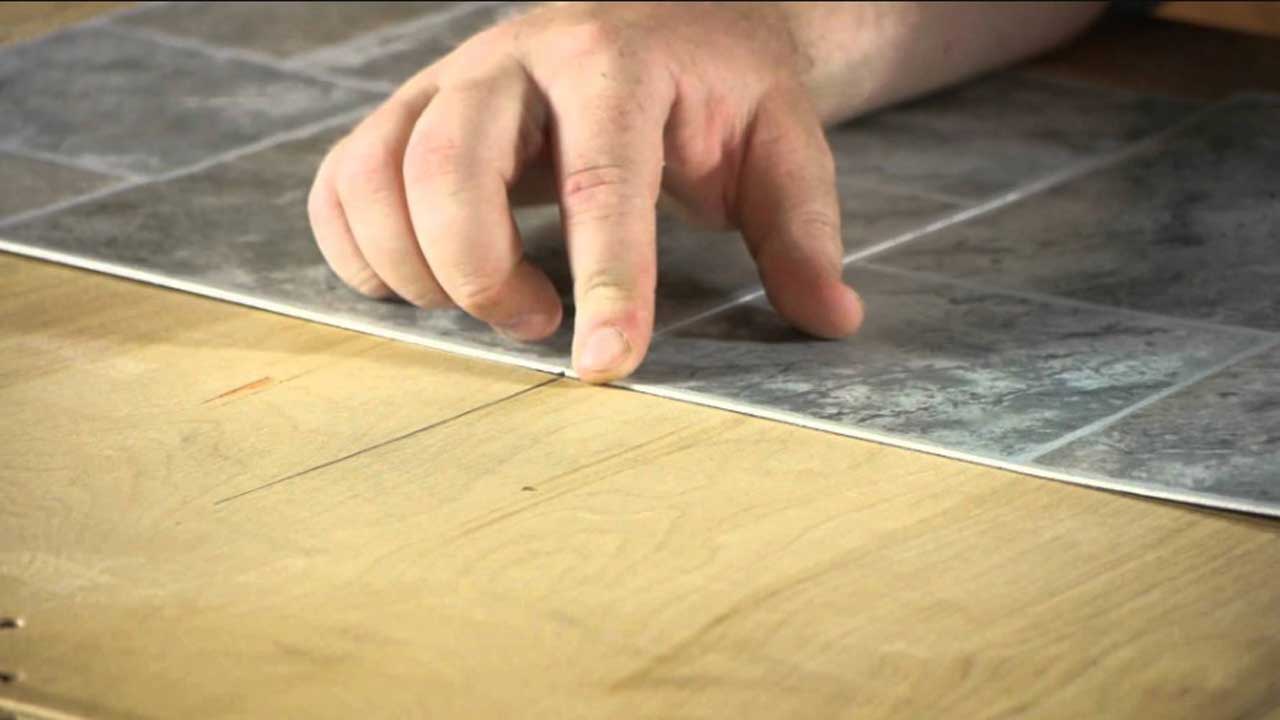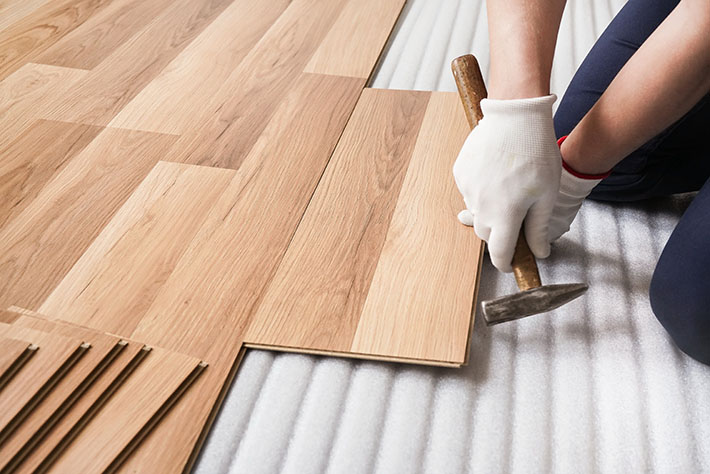
Resilient flooring can be defined as the floors made up of materials like PVC, rubber, linoleum, etc. Different resilient flooring is moderately used in building construction is discussed. Resilient flooring plans are denser and non-absorbent. They assure us with a soft surface which makes comfortable walking. These flooring and plans assure a guarantee of having lesser maintenance.
Floor coverings need to fulfill so many roles. They need it to be durable, comfortable to walk on, attractive, and long-lasting. It also does not hurt if they are inexpensive and easy to install. Yet one classification is the sole domain of one type of flooring: resilience. That’s why the floors are grouped under the broad designation of resilient flooring. So, carpeting can not be resilient flooring because it is not firm even though it has given. Hardwood floorings are not resilient because they are firm yet don’t have that distinctive give.
The following are the different types of resilient flooring available:
- Vinyl comprises most of the majority share of the resilient flooring market. This includes Composition Tile (VCT), Solid Vinyl Tile (SVT), and Luxury Vinyl Tile (LVT) or planks (LVP).
- The linoleum is said to be the forerunner of vinyl flooring and is a natural product made of linseed oil, wood, limestone, cork, and resins. It is available in three forms: glue-down tiles, click-together planks, and large sheets. Linoleum is seldom thought of as a thing of the past, but not so. Linoleum is manufactured and installed, though its numbers are overshadowed by vinyl flooring.

- Cork is another organic flooring covering made of thinly sliced cork from trees. Cork also comes in a favored green or eco-friendly flooring product.
- Once from the organic rubber from rubber trees, this flooring category is now mainly produced from synthetic rubbers. Recycled rubber can sometimes be used in homes for gym or yoga studio flooring.
- Rarely found at some residences and never self-installed by homeowners, these floors start as a liquid, and, as the name suggests, this liquid is poured out to form a hard surface upon curing.
- Asphalt flooring can now be found in an obscure and obsolete floor surfacing unit, rarely installed anymore. Still, where this is found, it classifies as a type of resilient flooring.
All floor covering listed above would be excluded from the resilient flooring category. This includes some features that are not limited to ceramic and porcelain tile, engineered wood flooring, laminate flooring, solid wood flooring, and natural stone.








